Kyoto: Fall Spots
Japan’s fall colors are absolutely beautiful, and Kyoto is one of the best places to go for them.
The best season to see Kyoto? Fall, especially if the leaves are at their peak.
I’ve been fortunate enough to visit Kyoto during this season a few times and it’s absolutely amazing. Japan’s cherry blossoms tend to get all the attention, but being amongst the colorful leaves in late November is one of Japan’s most beautiful, and probably underrated, sights to see.
Eikan-do Zenrin-ji
Basically, it’s like being surrounded by a painting. Describing the fall leaves around Eikan-do Zenrin-ji as beautiful is an understatement. The breathtaking rainbow color combination is really vibrant and such an incredible sight to see.
I’ve seen the leaves here in both day and night, and both times they blew me away. It gets pretty crowded, understandably so, but it’s completely worth the wait and the cost of about 600 yen to enter.
The line at night starts on its northern, Shogaku-in Temple side for the night viewing. We waited for about a 1-1.5 hours which was a small price to pay for this incredible sight.
Kiyomize-dera
Kiyomizudera’s fall leaves illuminated at night
Kiyomizu-dera’s fall leaves are beautiful in the daytime, but their biggest impact is at night.
A line forms down Matsubara-dori street [MAP], one of the central streets that lead up to the temple’s entrance. It can get pretty long but it moves pretty quickly. We lined up at around 6PM and were in around 30 minutes later. It’s not free but will only cost a few hundred yen.
The areas around the main stage of Kiyomizu-dera become an impressive orange, with a tunnel of the colorful fall foliage covering the walk along the path after it. Towards the end, bright red leaves frame the tower and also reflects over a small lake.
This light up is completely worth it and a must for anyone in Kyoto during that time.
Fall leaves at Kiyomizudera in Kyoto
Kitano Tenmangu
One of the more underrated shrines in Kyoto for sightseeing is Kitano Tenman-gu. Two reasons: One, their Tenjin-san flea market - which I wrote a little about here - that extends for blocks and blocks on the 25th of each month, and two, their maple tree garden in the fall that extends around the temple itself.
They have an illuminated night event which I haven’t seen, but their daytime views are nothing to overlook. Colorful walks throughout their pretty extensive garden, plus some green tea and Japanese snacks to go along with it. It’s also less crowded as other popular areas which is a huge plus.
Arashiyama
The bamboo forest is what Arashiyama is most known for but there are some nice fall colors that can be seen as well, especially on the mountainside next to the river. There’s no entrance fee or anything, just walk the riverside and enjoy the view.
The Hozugawa-kudari boat ride is also a good option as it’s a traditional boat ride down the river where more fall foliage can be seen. If you’re interested, I talked a little bit about the ride here.
Tokufu-ji
The view from Tsutenkyo Bridge, a 100 meter long landscape of lush, fall colors is one of the more popular sights in the city during this season.
While we only made it to Tokufu-ji just before their early closing at 4:30PM, I was able to catch a glimpse of the bridge’s view. It’s definitely something to see as the bridge puts your view just above the treetops..
Kinkaku-ji
It’s the golden pavilion that attracts everyone to Kinkaku-ji, but fall is an especially nice season to visit because there are pretty fall colors to be seen.
There’s a bunch around the temple’s grounds with most of them on the opposite side of the pavilion where everyone stands to take photos. There are also nice, colorful combinations that appear along the path after the golden pavilion area.
Byodoin Temple
One of the nicer temples to visit when traveling in Kyoto. Byodoin Temple sits in the middle of a garden area in the Uji area, and visitors take a walk that loops around the grounds.
Even if you can’t see all of them, you won’t go wrong with picking any of these places. There’s a lot more in Kyoto as well, but out of the ones that I’ve seen personally, I enjoyed these the most.
There’s not a lot that can rival the cherry blossoms in Japan, but their fall leaves just might.
Keep in touch:
More travels:
Kobe
In addition to its mega-famous delicious Kobe beef, there are also a lot of other delicious eats to have in this international port city.
Kobe beef! That’s the first thing that comes across many of our minds when we hear “Kobe.”
On my first trip to the city, I was surprised to learn that it’s actually a city with a lot of international influence and is quite well known for its pastries and sweets. Because of that, my trip to Kobe largely becoming a food tour.
We stayed at a centrally located Airbnb a couple minutes away from Sannomiya station [map], a location I’d recommend as it allows you to reach most of the main sights by foot. These are some of the places that we checked out and that I'd recommend:
Nankinmachi (Chinatown) & Motomachi
Walking to Chinatown, we passed through the Motomachi Shopping Street, a covered arcade with a lot of history. Most cities in Japan have these types of arcades, usually with a lot of older shops and places to eat.
Motomachi apparently has over 20 shops with more than 100 years of history. We grabbed a bite at Tachibana (TripAdvisor), a highly reviewed shop known for its not-so-typical fluffy, egg-puff takoyaki. Their take on this common, Osaka-grown fast food snack of fried doughy balls with octopus inside was quite a treat, and while we didn't intend to, we got full off them.
Kobe's Chinatown is on the small side but with a lot of little food spots. It's been known as Nankinmachi after the former Chinese capital ever since Chinese merchants settled in the area back in the day.
Roushouki has some delicious steamed dumplings, the type that drips some oily goodness. The area around Chinatown has a bunch of eateries and boutiques as well.
Kitano
The area of Kitano is up the hill and a little bit away from the central part of the city, at the foot of the mountainside.
We walked up for about 20 minutes from Sannomiya, making stops along the way. The area is a mishmash of foreign influences, as a lot of merchants and diplomats settled here when the city opened up to international trade.
Put on some walking shoes for this one, because the streets and walking paths up the hills can get steep and even narrow. There are some interesting sights though, English houses next to Dutch ones, next to Danish ones which are next to Japanese ones.
Port of Kobe
What seemed like a half wedding hotel and half actual port area, the seaside of Kobe is quite nice at night. It's also quite lively.
We walked down one evening, a bit of a longer walk from Sannomiya than Nankinmachi or Kitano, and explored the area. There were a few nice hotels there, largely geared to host big wedding ceremonies and parties.
The main entertainment area is called Harborland, a place for shopping and eating. The central spot is umie Mosaic, you'll see the big "Mosaic" sight on top the building. It sits next to a ferris wheel and right along the waterfront.
For other amazing places to eat, check out these places:
ISHIDA
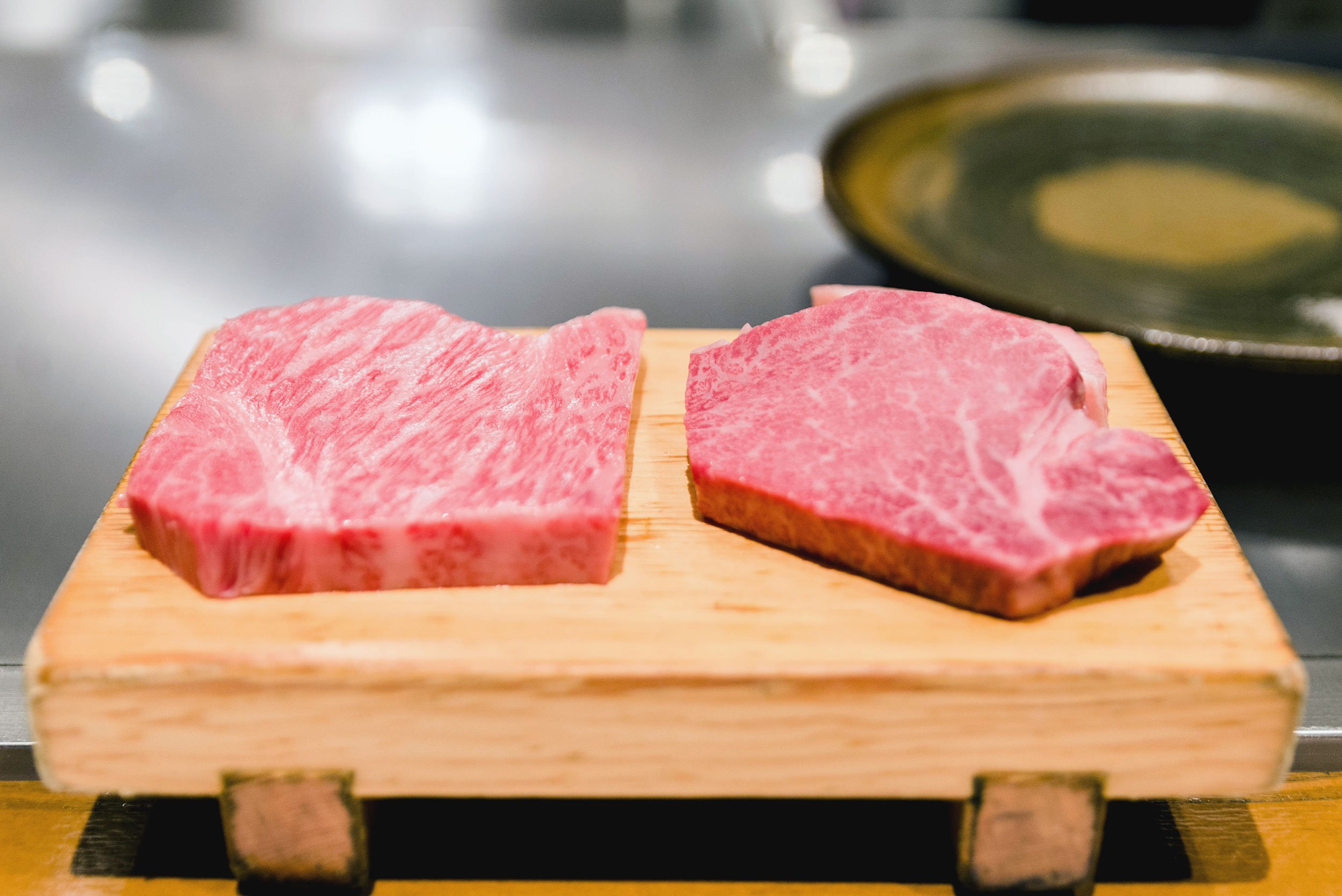
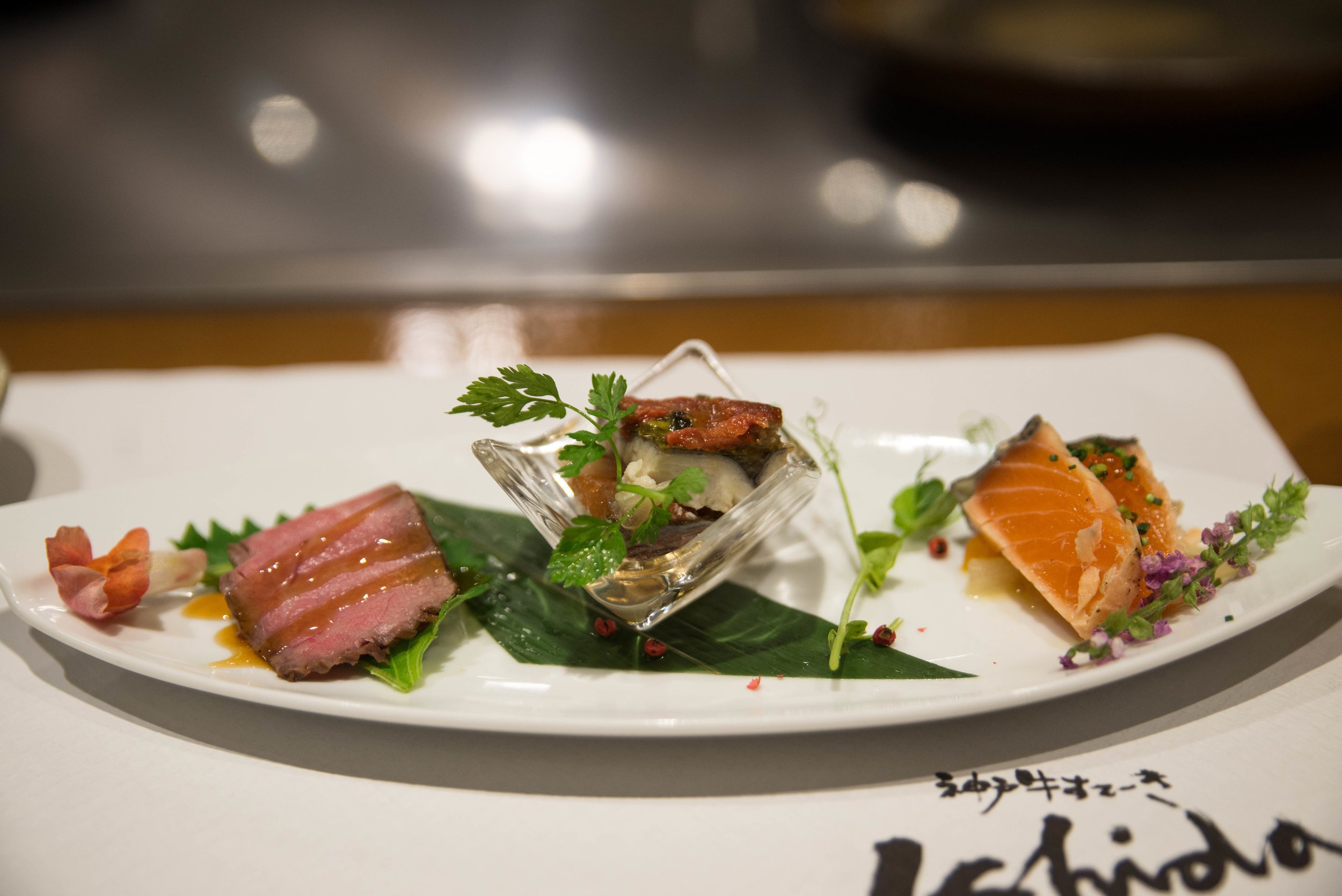
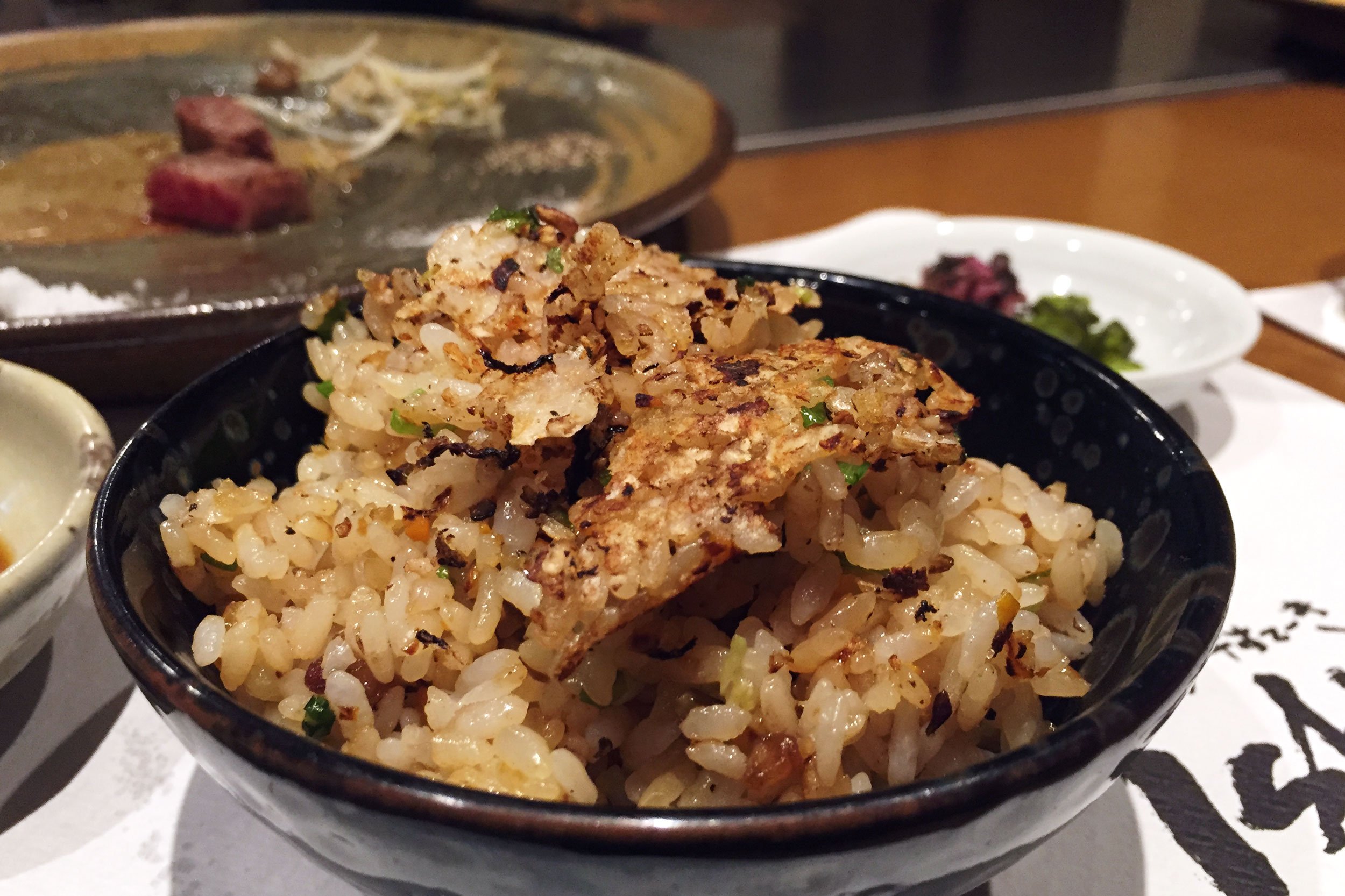
The highlight meal of the trip was, of course, Kobe beef. Ishida is centrally located near Sannomiya station, and has two floors where you sit in front of a skilled chef who prepares your meal on the teppan metal grill in front of you. For a meal of a few courses, the cost was about $300 USD for two - a little pricy but it filled us up nicely. The beef was, as expected, nothing short of incredible. Beautifully and perfectly marbled, each bite of steak was incredibly savory and juicy.
Akaman
Gyoza (dumplings) are done a little bit differently in Kobe. In addition to the typical ingredients like vinegar and rayu chili oil that make up a lot of gyoza sauces in Japan, Kobe also likes to mix in miso. It's surprisingly good, too. Akaman is a tiny, cramped, old little hole-in-the-wall shop right across from Motomachi station. It's a little grungy and there was about 4 of us on a table probably meant for 1. As odd as it may be, that's a good sign of authenticity. If you're in the area, check out this place for a few little bites of deliciousness.
A la Campagne
Right in between Sannomiya and Motomachi stations is A la Campagne, a little cafe that's a great stop for some sweets and coffee. When you enter, there's a case showcasing all the different cakes and tarts available, and in typical Japanese fashion, they all look amazing. I had a peach tart which was not too sweet, pretty light and topped with some fresh fruits. If you're in the area, pop in for a bite.
Freundilieb Ikuta
Located in a repurposed Neo-Gothic style church, Freundilieb Ikuta is known for its breads. It's about a 15 minute walk from Sannomiya station and is on the way to the Kitano area, making it a good place to get some sandwiches for lunch if you're on the way up. It's quite well known amongst Japanese so there can be quite a wait with people lining up along the staircase up to the main eating area. If you're in a rush, you can just go into the takeout area. They will ship it to your hotel as well, even if you'll be in another city in the country.
Keep in Touch:
MORE travels:
Kyoto: Beyond the Shrines
There's a different side of Kyoto that goes beyond the temples and shrines, and they are worth experiencing.
Kyoto is absolutely loaded with traditional Japanese sights to see, especially in the temples and shrines category. Most of us want to explore other things as well, however, and Kyoto definitely has a lot more to explore.
I've traveled to Kyoto several times, seeing it in 3 out of the 4 seasons, and it's been a beautiful experience each time. If you're looking for temples and shrines, check out some of my favorites here.
If you're looking for other things in Kyoto, here are some sights that I'd recommend:
Arashiyama
Arashiyama bamboo grove - [BUY PRINT]
The bamboo grove in Arashiyama is an incredible experience. It's so tranquil (pray that there aren't too many tourists) to be surrounded by these enormous bamboo stalks reaching to the sky.
It's a short walk from Saga Arashiyama train station, and after walking through the grove, you can follow the path back to the river and the main town of Arashiyama.
The town in Arashiyama has lots of different Japanese restaurants and craft stores that sell everything from handmade trinkets to umbrellas that display designs when wet.
One of the main attractions is Arashiyama station where lanterns mimicking Japanese fabric design lead you on a path around the train platform. Wait for the sun to go down and take a walk through it.
Lanterns at Arashiyama train station
Hozugawa-kudari Boat Ride
The Hozugawa-kudari boat ride is a 16 km boat ride that ends up in Arashiyama.
This boat ride has been around for a long time where skilled boaters would navigate wooden boats down the river while avoiding the numerous rocks.
The journey begins after a short walk from JR Kameoka station and lasts for roughly a couple of hours. I went with my parents in the fall, and the waters were quite calm the entire way down. Near the end, other boats come by selling traditional Japanese snacks such as dango (rice cake balls) and smoked squid.
If you ride one of the morning boats, you can check out other parts of Arashiyama for the rest of the day.
Nijō Castle
Nijō-jō, or Nijō Castle, isn't what you'd expect a castle to look like. The castle itself resembles more of a building at a temple or shrine, and isn't outlandish or decorated any more than other sights around town.
There's a nice garden to take a walk in but perhaps the most famous and well known attraction is inside. The "nightingale floors" make a chirpy sound when walked on, a form of security in the old times meant to protect from being creeped up on.
Cormorant fishing in Uji
Uji is a short train ride from Kyoto Station and is known to have good matcha.
In the evening, fishermen head out in the river with a burning bucket and some comorant birds tied up. These birds dive for fish, and before they can swallow it, the fishermen squeeze it out of the bird's neck.
While you can see it from the riverside, the boat tours bring you a lot closer to the experience.
Nishiki Market
Nishiki Market [J] is a covered alley that sells all sorts of Japanese food items. Pickles, candies, rice, fish, you name it.
It's centrally located, parallel to Shijō-dōri Street and west of Teramachi street, and is a cool old-fashioned Japanese market type of experience.
http://www.kyoto-nishiki.or.jp [J]
Kitano Flea Market
This flea market is one of many in Kyoto, but it's huge. It happens only on the 25th of each month, however, and is at the Kitano Tenman-gu shrine.
The walk around the shrine is pretty and the flea market spans the streets of the surrounding area. You can find everything from antiques to kimonos to old collectables, and there are stands selling yakitori meat skewers and other food items as well.
Bargaining is normal here and you can really find good deals. If you're lucky, you can find the knife-maker selling Japanese pairs of knives for US$40 or less.
Nanzen-ji
Ok, so Nanzen-ji actually a temple. There's actually a lot to see and definitely check it out, but one of my favorite things about Nanzen-ji is the Shirokaku Aqueduct which carries water from Lake Biwa. Its western-looking, red brick architecture seems out of place, but it's quite beautiful. Heading up to the top makes for a nice walk.
If you're stopping for food, make sure to eat tofu, yuba (tofu skin) and drink matcha, as Kyoto is known for both. There's many places to choose from but I do have a recommendation.
Yachiyo
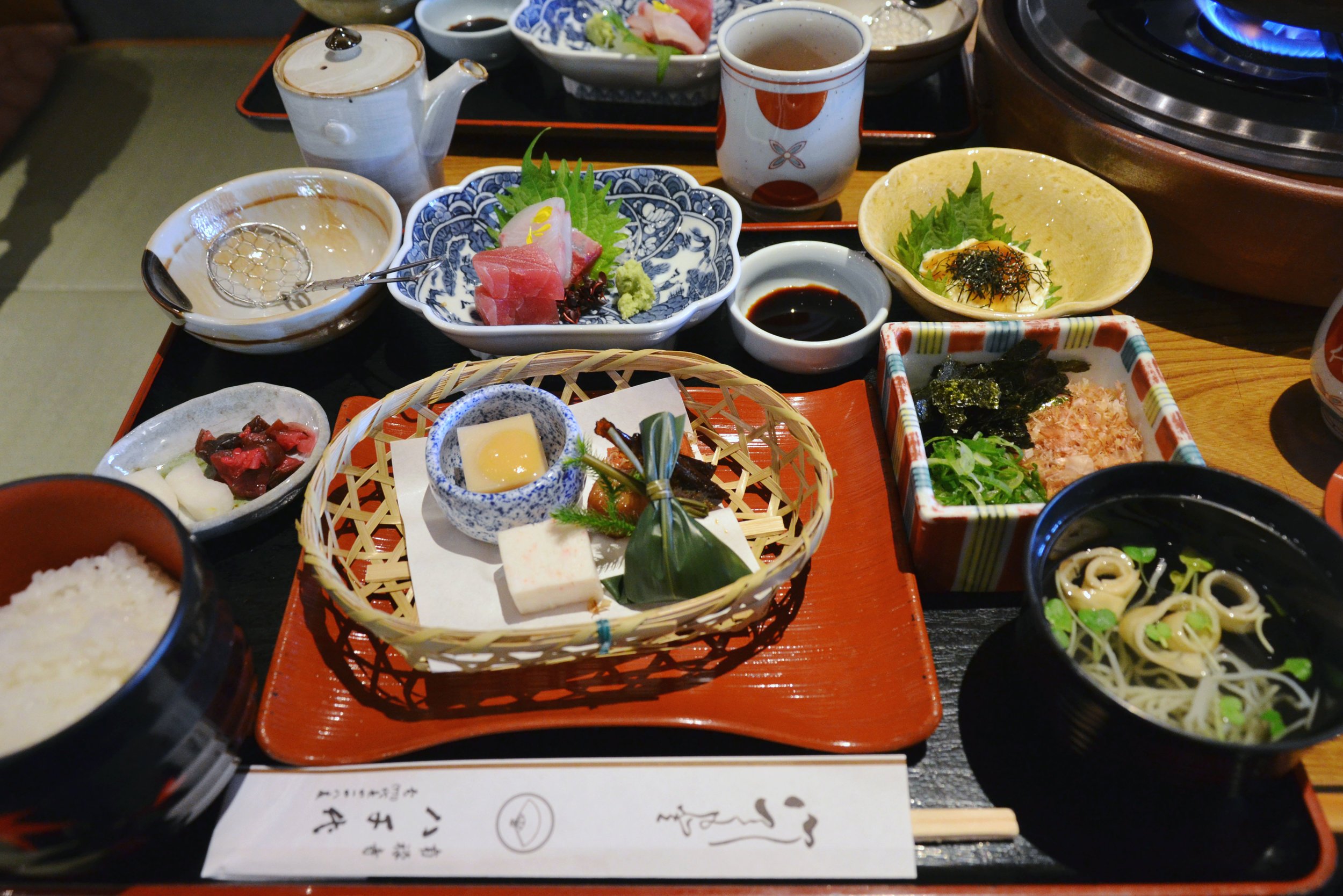

Yachiyo is a ryokan hotel, but they have a restaurant as well. It specializes in tofu, so the there's a lot of that along with the main course is yudofu (tofu hot pot). It's an excellent Japanese "washoku" meal experience, my family and I are repeat customers.
Keep in touch:
More travels:
Kyoto: Temples & Shrines
Good at any time of year, Kyoto is best known for its temples and shrines. Here are some to definitely see.
Despite having been to Kyoto several times, it has never gotten old. For a foreign traveler, it represents "Japan," as the former capital is full of historic temples and shrines.
Fall is the ideal season - and my favorite - to travel to Kyoto, especially if the fall leaves are peak in color. Seeing the temples and shrines at that time of year surrounded by the reds, oranges and yellows is one of the most beautiful sights in the country.
There are so many historic sights to see in Kyoto that you can rule out seeing them all. Not going to happen. But here are some must sees temples and shrines:
Kinkaku-ji
Kinkaku-ji, the famous "Golden Pavilion," sits quietly surrounded by water and the area around it has the same vibe as well (besides the photo area in front of it). Even with the flood of tourists storming here, it sill manages to be a pretty peaceful place.
http://www.shokoku-ji.jp [J]
Kiyomizu-dera
Fall leaves at Kiyomizudera in Kyoto
Kiyomizu-dera sits on top a hill surrounded by Japanese confectionary shops, restaurants and crafts. The temple's main hall is known for it being only built from wood.
Being one of the more popular attractions in the city, it gets quite crowded. Towards the end of the walk through, there are three waterfalls that you can drink from, each meant to help you in a different area of life: Health, longevity and success in studies.
During the fall, the temple does a light-up at night. The line goes quite a ways down the street but if the leaves are at peak, make sure you suck it up and wait. It's absolutely worth it.
Fall leaves at Kiyomizudera in Kyoto
Fushimi-inari
Fushimi-inari Taisha. This shrine's tunnel of red gates has become one of the iconic views of Japan in recent years.
It's a 15-minute train ride from Kyoto Station, and is right next to Inari Station. The afternoon is the best time to visit since the light shines through the gates to create a beautiful effect.
The tunnel of gates go up a long ways and while it's a good hike, it's not necessary to go all the way up.
Heian-jingu
Heian-jingu [J] stands out due to it's white and orange design. You can see it right when you enter, but make sure you take a walk in the garden as well.
Nearby is the Philosopher's Walk, a path named after a philosopher, Kintaro Nishida, and full of sights that can invoke deep thoughts. Take a walk through the path when you're done with the shrine.
http://www.heianjingu.or.jp [J]
Eikan-dō Zenrin-ji
While there is a temple, Eikan-dō Zenrin-ji is most known for its natural surroundings. It's most beautiful in the fall, and during the peak period, "beautiful" is an understatement. The variety of colors and their vibrance are incredible.
There are a more temples and shrines to see in Kyoto, and some may enjoy different ones from this list. None will disappoint. Be sure to check out other sights to see in Kyoto as well if you're in town.
Fall leaves at Eikan-do Zenrin-ji at night
Keep in touch:
More travels:
Osaka
Known for being Japan's capital of comedy, Osaka is an outgoing, lively, party city.
Known for being Japan's capital of comedy, Osaka is an outgoing, lively, party city.
Dotonbori
Many of Japan's popular comedians are from Osaka, and the local dialect of Japanese - Osaka-ben - is often mimicked and used around the country in casual conversations.
Older women here are famous for fashion such as animal-print jackets, and it's said that if you pretend to shoot someone with your fingers in the city, they'll act out their death and take part in the fun. I haven't tried that personally, but I've seen the leopard prints!
Locals like to drink here, many times until the wee hours of the morning, and are generally more likely to be open to random strangers than other cities.
While there's room for both, people often tend to be either Team Tokyo or Team Osaka. Culturally, the two can be rather different, even to things like which side of the escalator to stand on (Tokyo: Stand on left. Osaka: Stand on right.). I tend to be more Team Tokyo, but I have friends who prefer Osaka.
Osaka Castle
Osaka kids with decked-out bikes.
Umeda, Shinsaibashi, Dotonbori, America-mura (America Town) and Namba Parks are some places to venture to and check out.
Umeda is right next to Osaka station and vibrant at night. There are small streets full of izakayas, perfect for jumping in for some casual Japanese food and drinks.
Shinsaibashi and Dotonbori have a lot of shopping, and are some of the more photographed areas of Osaka. Both are electric at night, and the Glico Man sign in Dotonbori is one of the iconic sights in the city.
America-mura is another shopping area and has streets of boutiques geared towards the younger crowd.
Namba Parks is a shopping mall that serves a double purpose as a park. It's fresh architecture attracts everyone from casual shoppers to couples to photographers.
Osaka Station
Osaka Station train platforms - [BUY PRINT]
Some of Osaka's famous foods are takoyaki (doughy balls with a piece of octopus inside), okonomiyaki (a type of Japanese pancake), taiyaki (a fish-shaped, doughnut type of snack with a variety of fillings inside) and udon.
Keep in touch:
MORE travels:
Share:
Nara
A cultural day-trip from Kyoto and Osaka, Nara is full of history and... deer.
Nara is a must do day trip if you're staying in Kyoto or Osaka. It's full of historic buildings and has the free roaming deer that has become popular amongst tourists. The deer has even become the city's official mascot, named Sento-kun.
You can easily get to Nara from Kyoto and Osaka stations, ending at Kintentsu-Nara station. I've never actually stayed over, but I've found that a trip out to Nara does require a full day.
Nara Park is a short walk from the station, and there will be small cafes and shops selling Japanese items as you get closer to the park. I recommend making sure you check out Kōfuku-ji, Kasugataisha and Tōdai-ji, all of which are historic.
Kōfuku-ji
Kasugataisha
The inside of Tōdai-ji
Tōdai-ji is probably the most famous in the area. It's a few hundred yen to enter (depends on which ticket you buy, there's also a museum). One of the interesting activities on the inside is attempting to go through a small square in one of the wooden pillars. Little kids have no problems but I haven't taken the risk - it's tiny!
There are places scattered around the park that sell senbei (Japanese rice crackers) for the deer. You can bow to the deer and after they bow back, feed them. You can get extremely close and personal with them as they are accustomed to interacting with people, but some of them can get aggressive at times and try to grab that senbei out of your hand. I'm sure they come across people who tease them with it.



![Kiyomizudera’s fall leaves illuminated at night - [BUY PRINT - Enter KYOTOFALL for 10% off]](https://images.squarespace-cdn.com/content/v1/63f8b23b0626755198127ae3/1677508910473-5FJ00HHLFKG7LH6GJ678/image-asset.jpeg)
![Fall leaves at Kiyomizudera in Kyoto- [BUY PRINT - Enter KYOTOFALL for 10% off]](https://images.squarespace-cdn.com/content/v1/63f8b23b0626755198127ae3/1677508970876-A3GONHMLTF8O0B17JOV1/kyoto-kiyomizudera-fall-leaves-03.jpg)











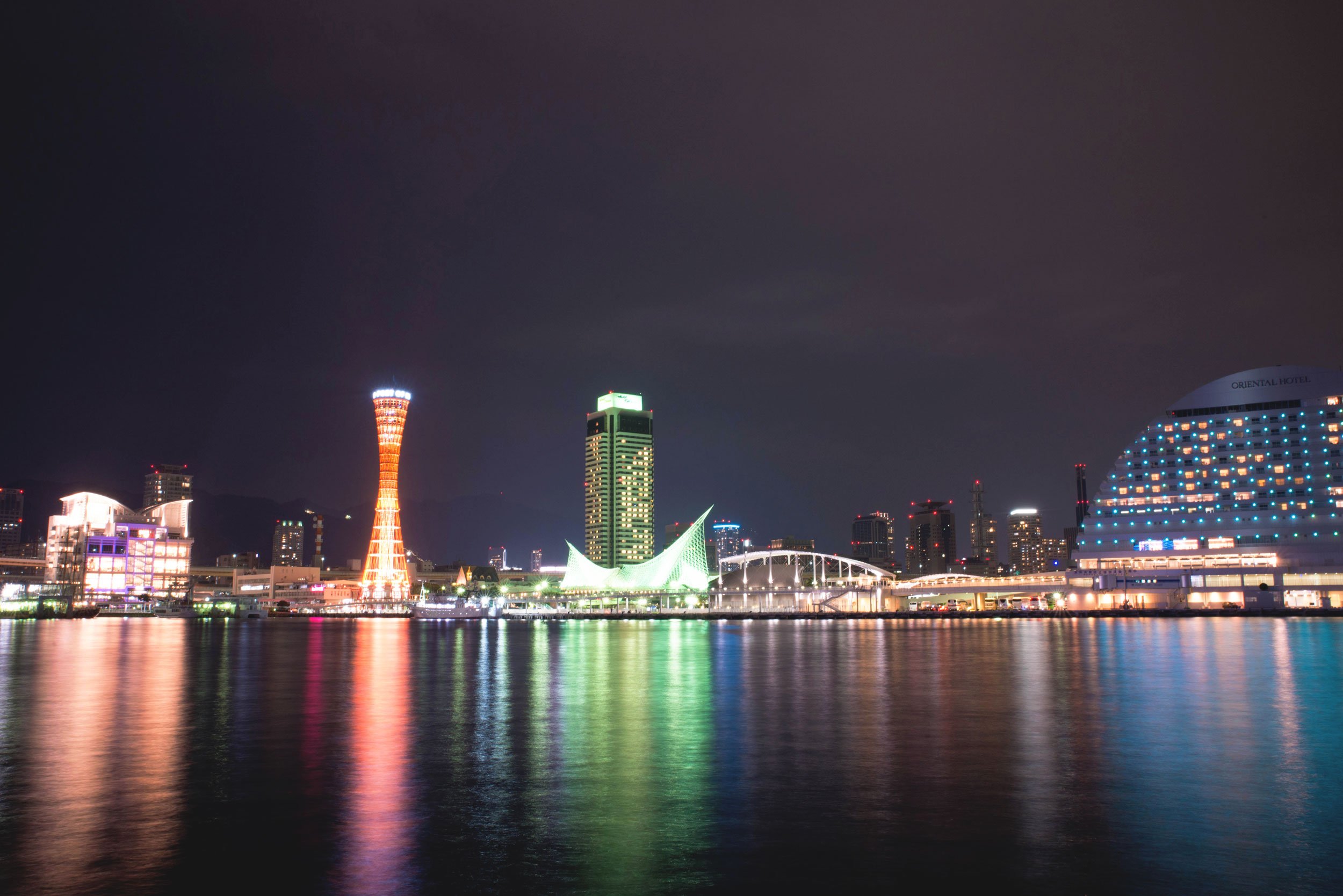




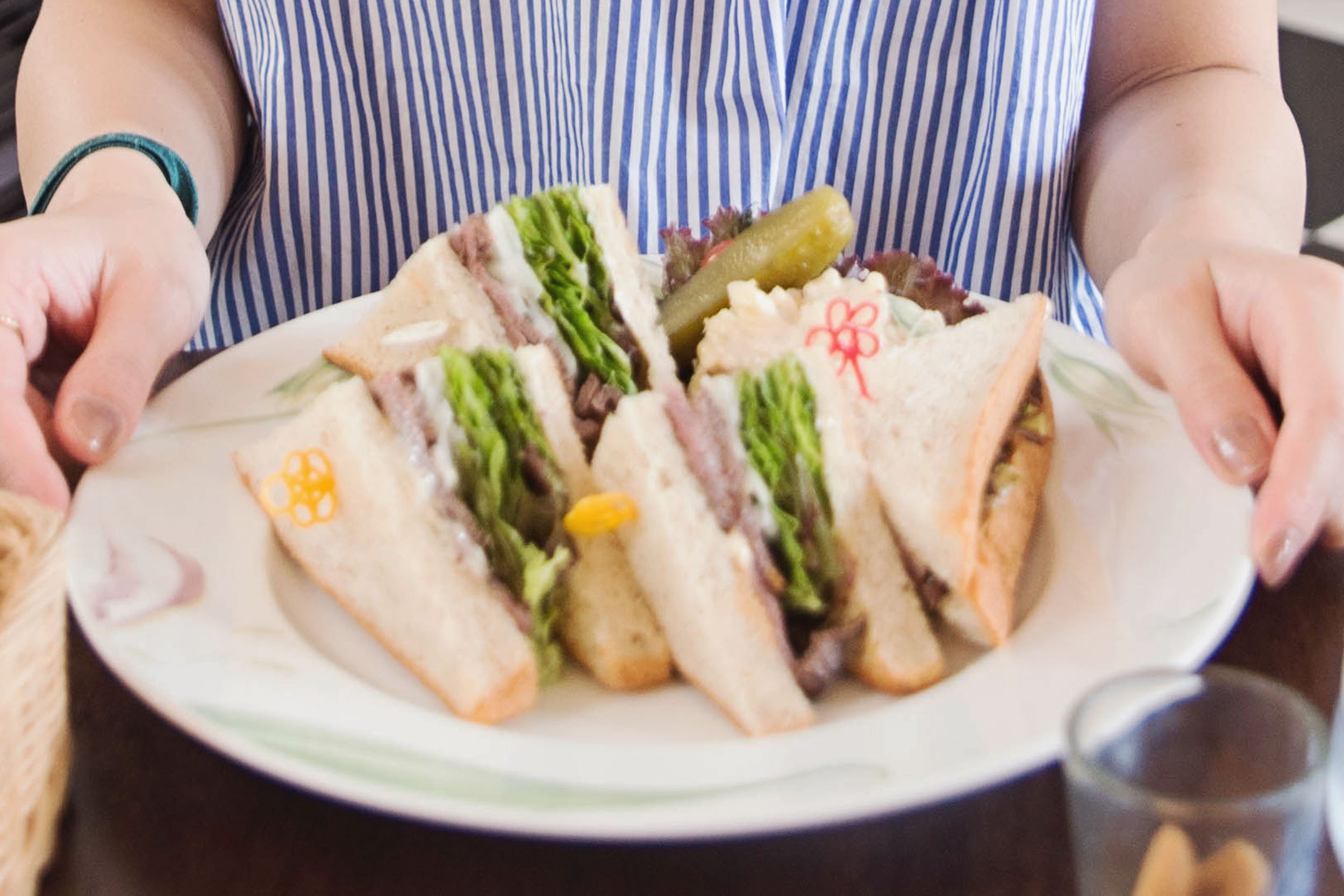
![Arashiyama bamboo grove - [BUY PRINT]](https://images.squarespace-cdn.com/content/v1/63f8b23b0626755198127ae3/1677533290418-4MNEZGY9WLSCUYCV3VE7/image-asset.jpeg)



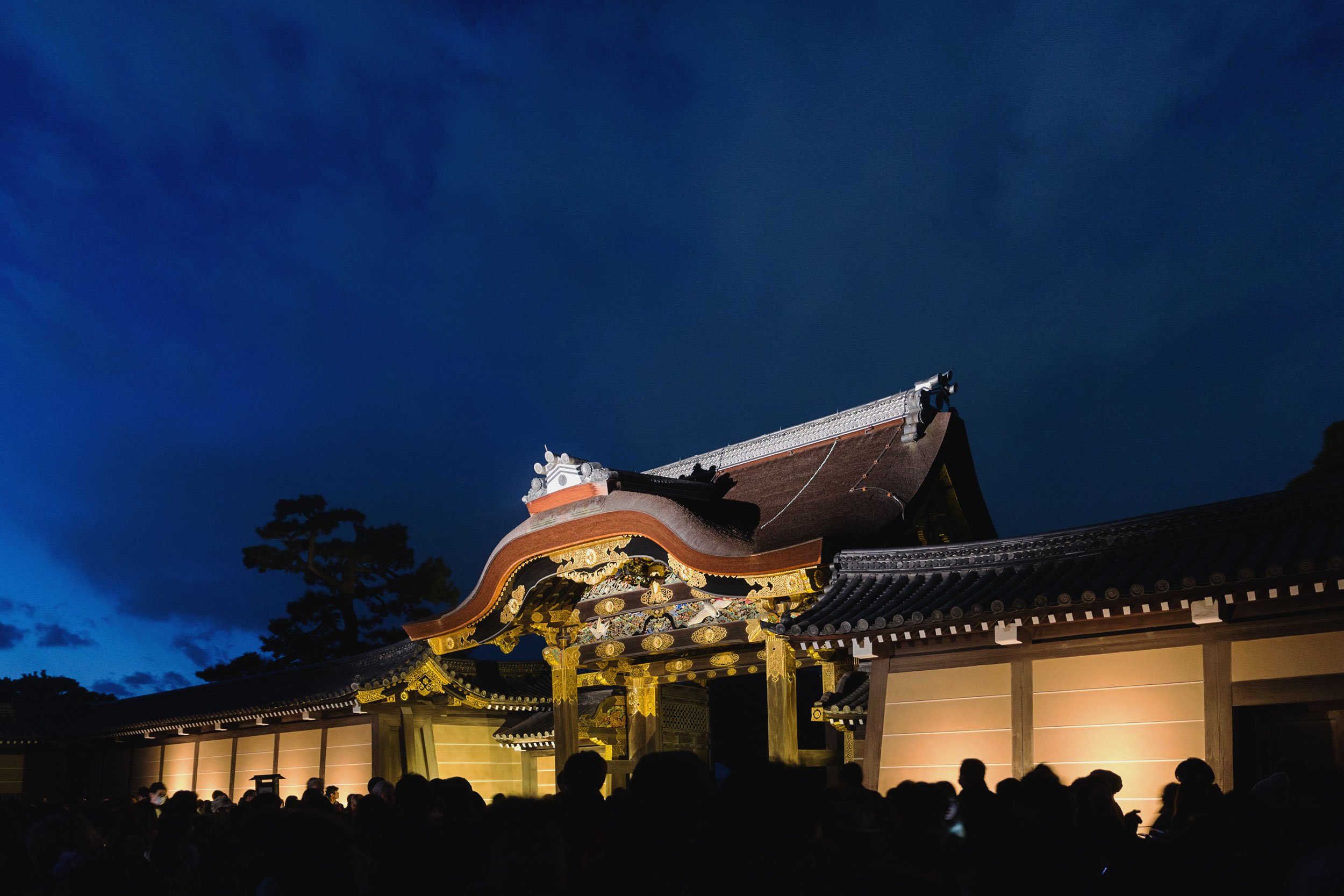









![Fall leaves at Kiyomizudera in Kyoto - [BUY PRINT - Enter KYOTOFALL for 10% off]](https://images.squarespace-cdn.com/content/v1/63f8b23b0626755198127ae3/1677533424558-XW65MXS13W9EHEGNJR6H/image-asset.jpeg)
![Fall leaves at Kiyomizudera in Kyoto - [BUY PRINT - Enter KYOTOFALL for 10% off]](https://images.squarespace-cdn.com/content/v1/63f8b23b0626755198127ae3/1677533427972-U00TPR76S2I4WA0TVCAS/kyoto-kiyomizudera-fall-leaves-03.jpg)










![Osaka Station train platforms - [BUY PRINT]](https://images.squarespace-cdn.com/content/v1/63f8b23b0626755198127ae3/1677533517427-PGVULAUN1B84APUYC7NN/osaka-station-tracks-01-web.jpg)









Japan’s fall colors are absolutely beautiful, and Kyoto is one of the best places to go for them.